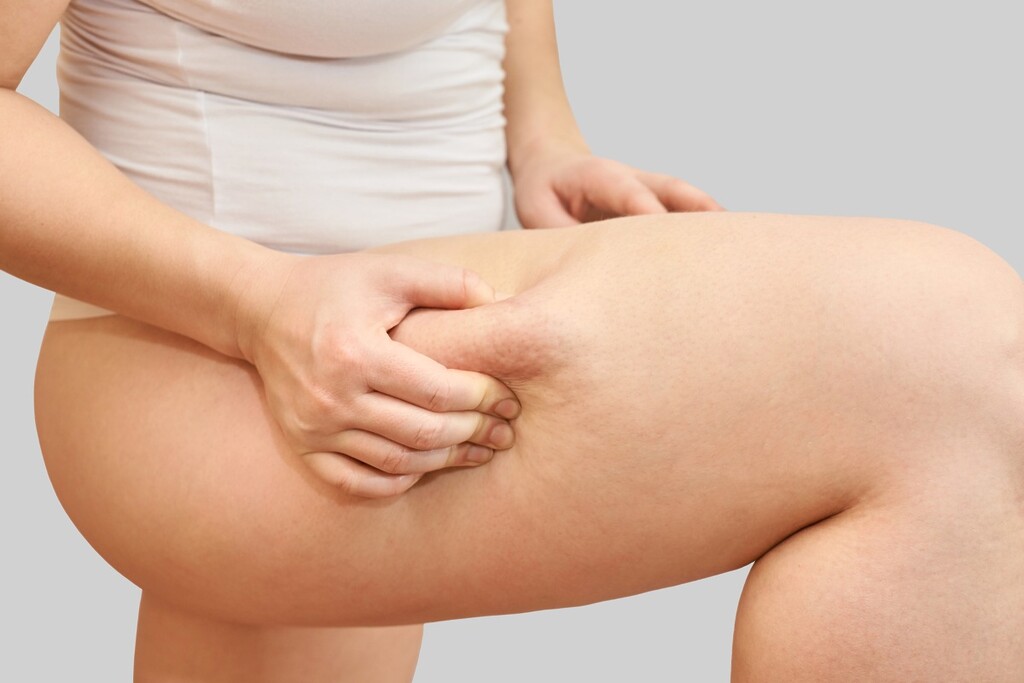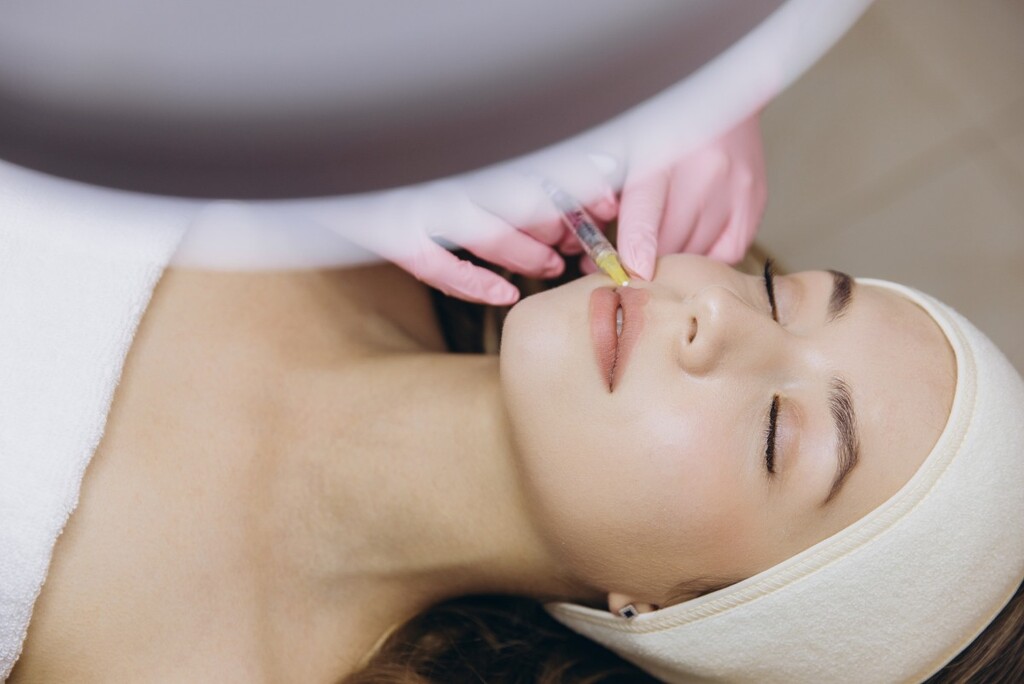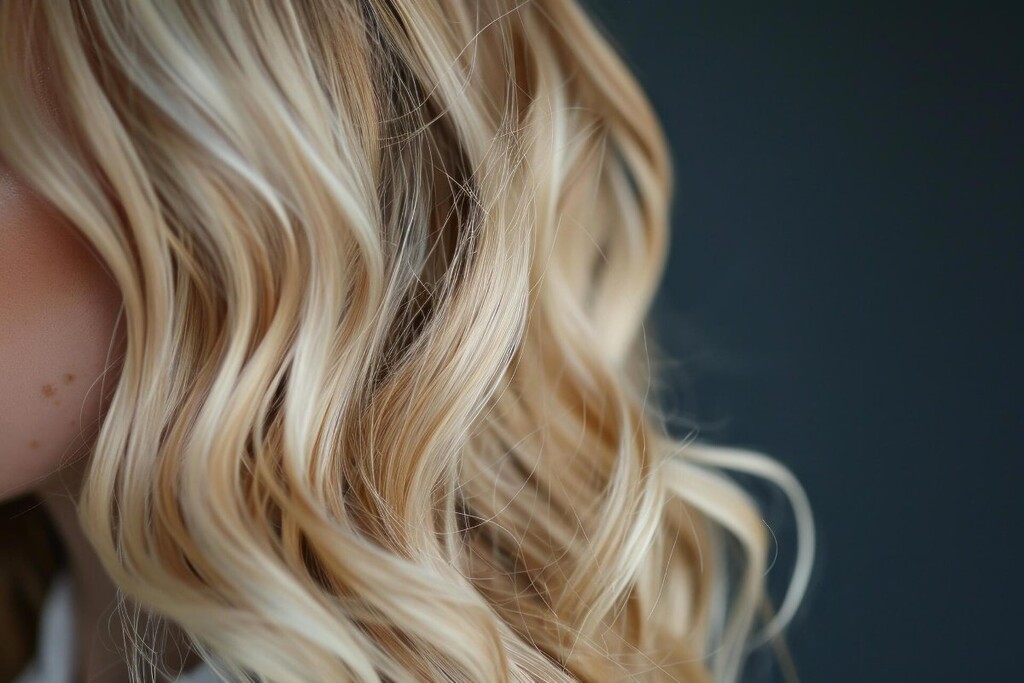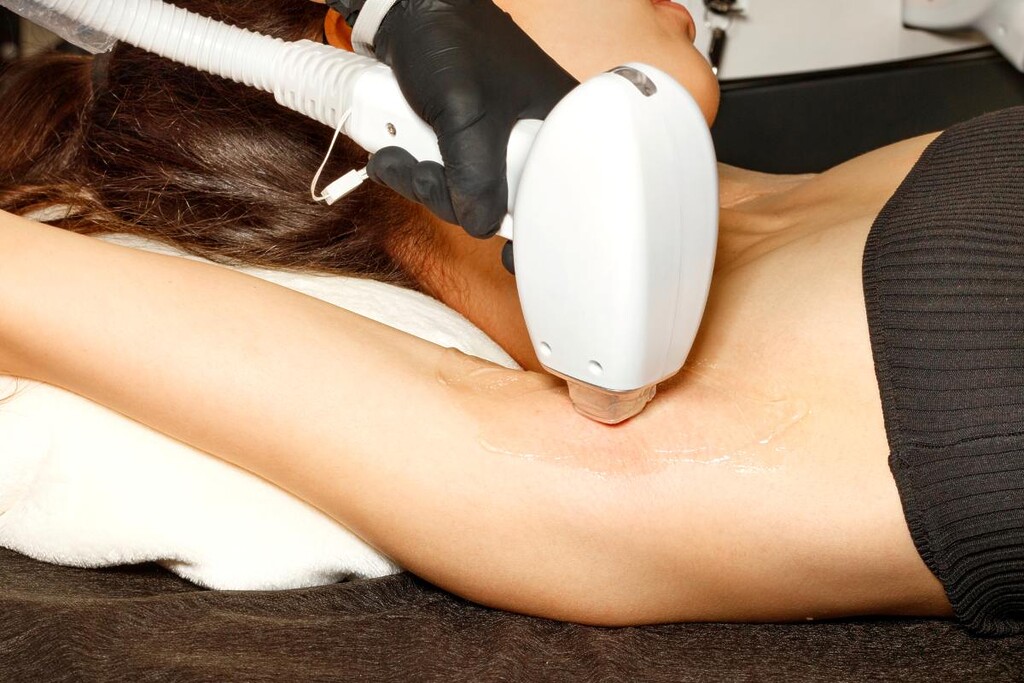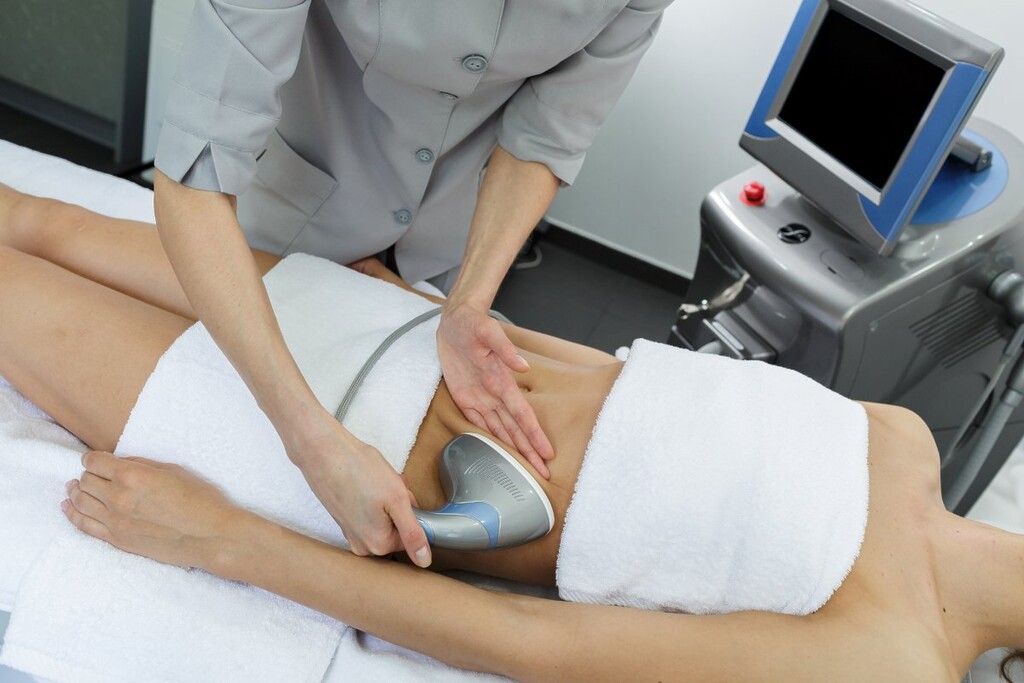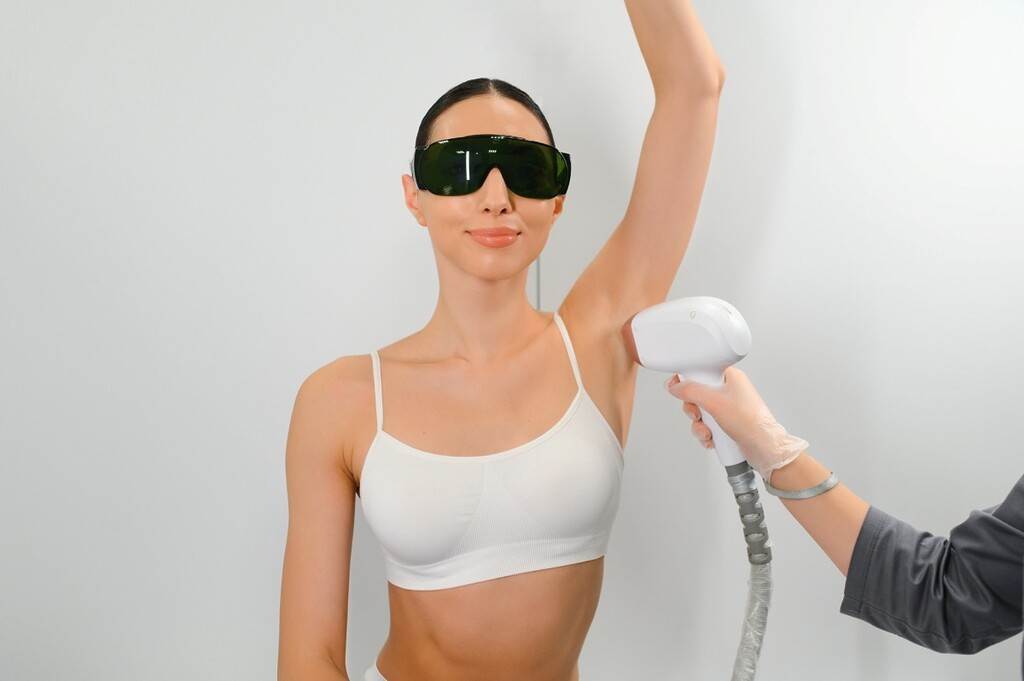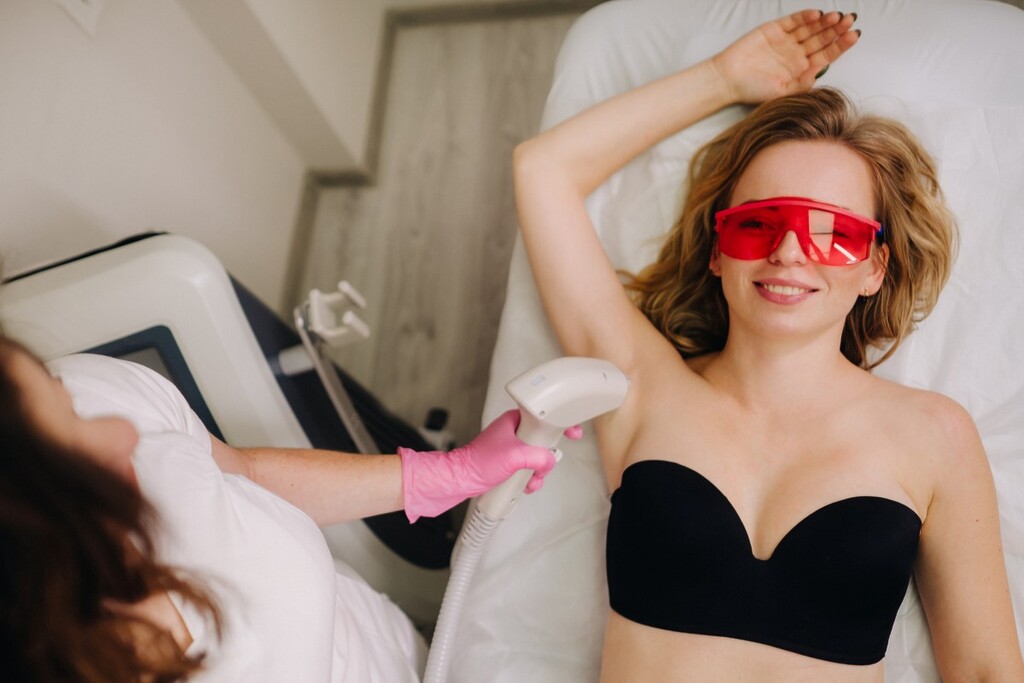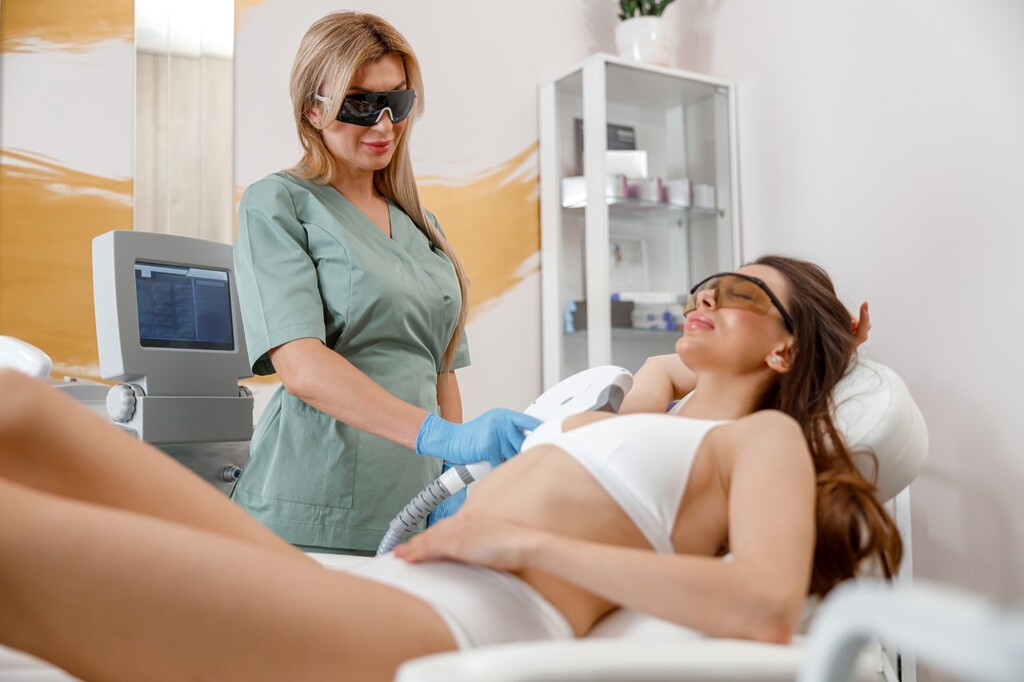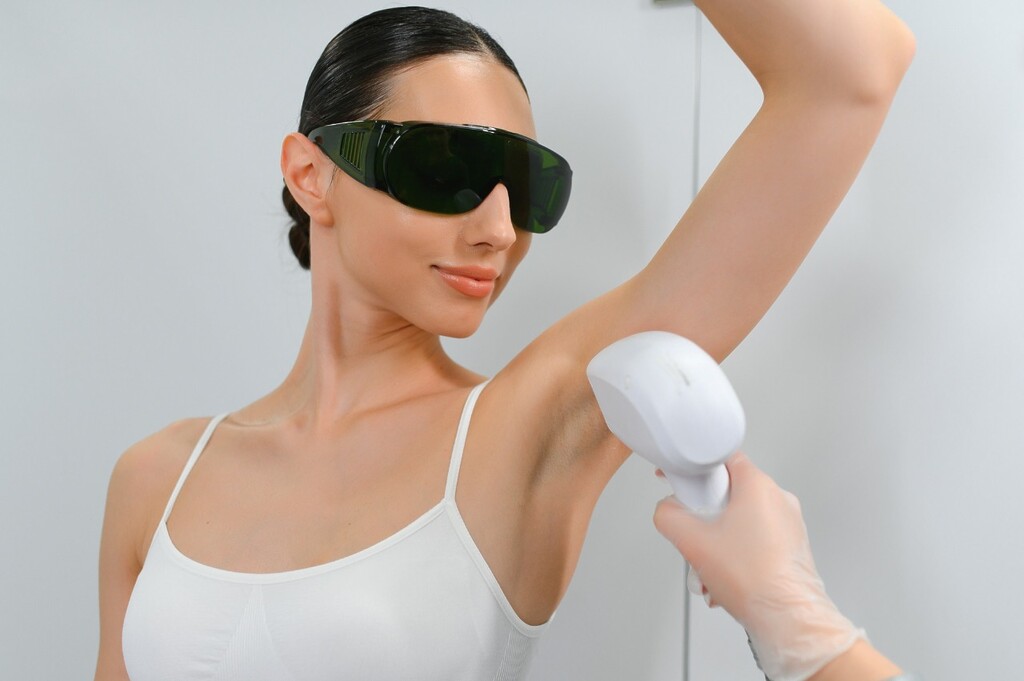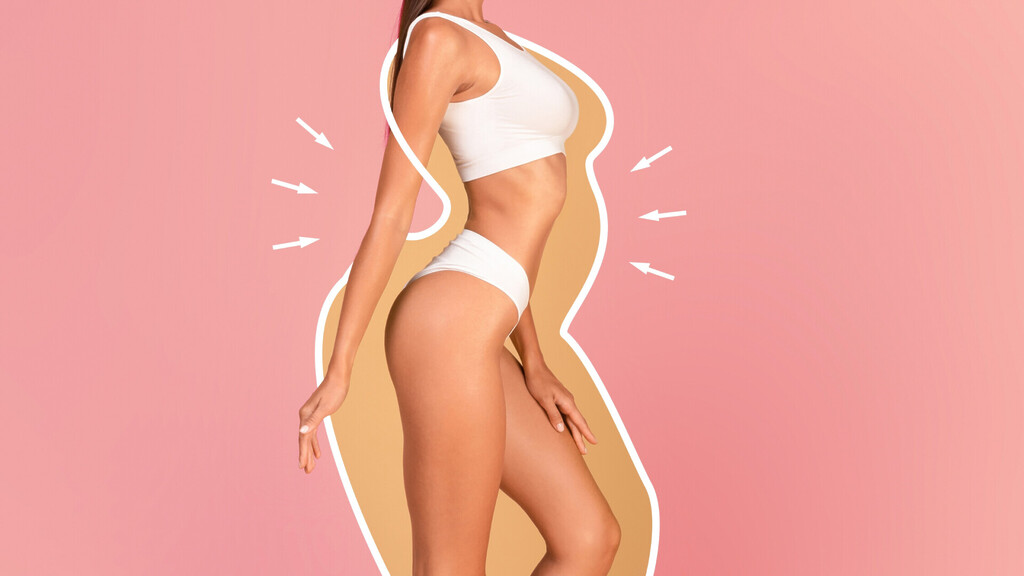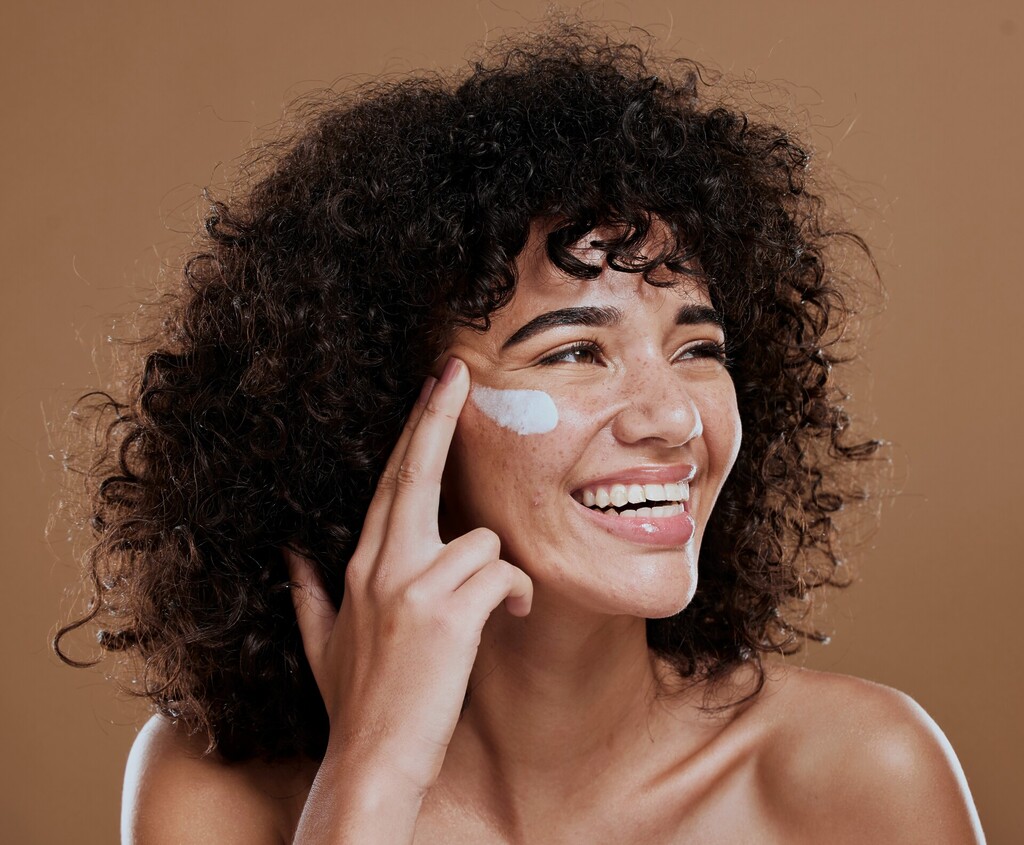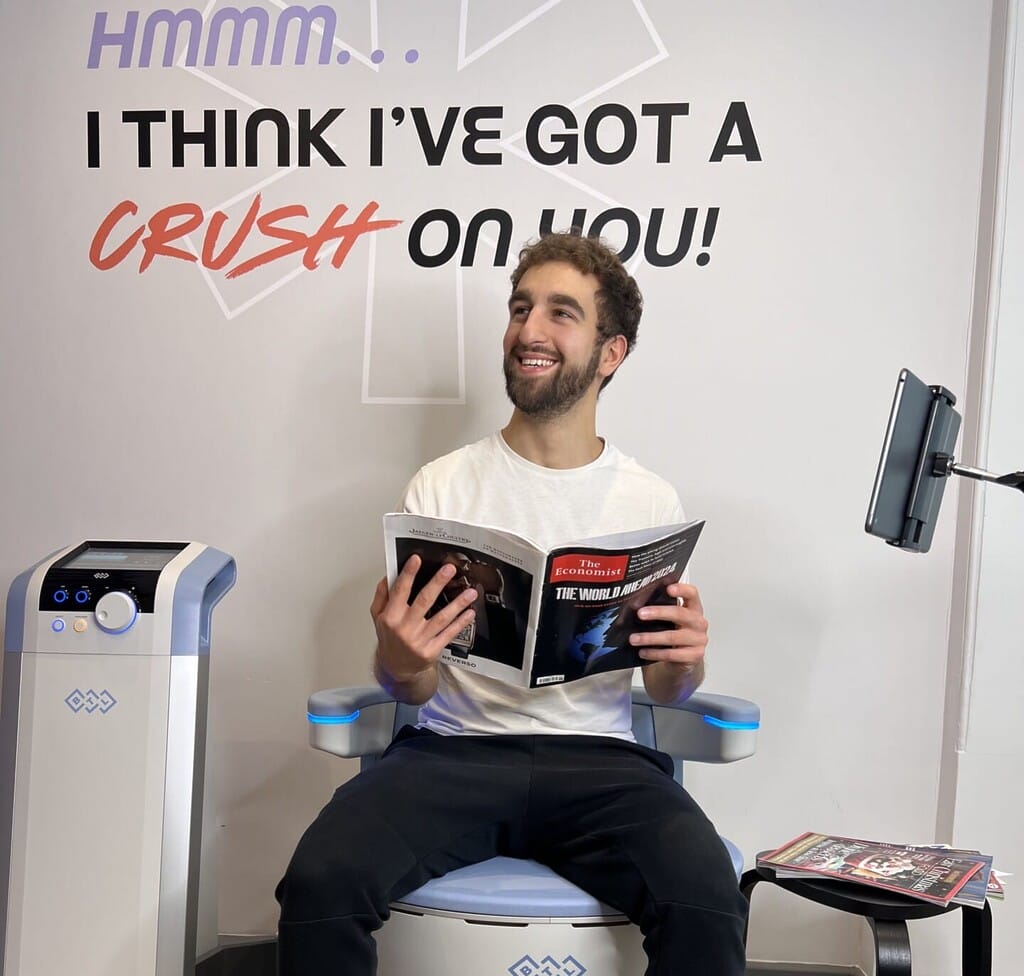Everything you need to know about the safety of laser hair removal treatments
Let’s be real for a moment – when someone mentions pointing a laser at your body, it’s completely natural to wonder if laser hair removal is actually safe. You’ve probably seen those dramatic before-and-after photos online (both the good and the questionable ones), and now you’re left wondering whether this whole laser business is genuinely safe or if you’re signing up for potential disaster.
Well, breathe easy, because we’re here to give you the full scoop on laser hair removal safety, and spoiler alert: when done properly, it’s actually incredibly safe. But as with any beauty treatment, there are definitely some things you need to know first.
The Short Answer: Yes, It’s Safe When Done Right
Laser hair removal has been around since the 1990s and has been extensively studied and regulated. The treatment has an excellent safety record when performed by trained professionals using proper equipment. In fact, millions of treatments are carried out safely worldwide every year.
The key phrase here is “when done right.” Just like you wouldn’t let your mate’s cousin’s friend’s aunt who “does a bit of beauty work” perform surgery on you, laser hair removal requires proper training, quality equipment, and adherence to safety protocols.
How Laser Hair Removal Actually Works (The Safe Science Bit)
Understanding the science behind laser hair removal helps explain why it’s so safe. The laser emits a specific wavelength of light that targets the melanin (pigment) in your hair follicles. This light energy converts to heat, which damages the follicle enough to significantly reduce future hair growth.
The brilliant thing about modern laser technology is that it’s incredibly precise. The laser can distinguish between the pigment in your hair and your skin, targeting only the areas where it needs to work. Your skin remains largely unaffected, which is why the treatment is so safe when performed correctly.
What Makes Laser Hair Removal Safe?
FDA and Medical Device Approval Laser hair removal devices used in professional settings are regulated medical devices. In the UK, they must meet strict safety standards, and practitioners must follow guidelines set by bodies like the Care Quality Commission (CQC).
Advanced Cooling Systems Modern laser systems come equipped with sophisticated cooling mechanisms that protect your skin during treatment. These systems cool the skin before, during, and after each laser pulse, minimising discomfort and reducing the risk of any adverse reactions.
Trained Professionals Reputable clinics employ trained technicians who understand skin types, hair characteristics, and proper laser settings. They’re trained to recognise potential complications and adjust treatments accordingly.
Customised Treatment Parameters Professional practitioners adjust laser settings based on your individual skin tone, hair colour, and treatment area. This personalisation is crucial for both effectiveness and safety.
Potential Risks and Side Effects (The Honest Truth)
We’re not going to sugarcoat this – like any cosmetic treatment, laser hair removal does come with some potential side effects. However, these are generally mild and temporary when the treatment is performed correctly.
Common, Temporary Side Effects:
- Slight redness and swelling (similar to mild sunburn)
- Temporary darkening or lightening of treated skin
- Mild discomfort during and immediately after treatment
- Temporary increase in hair shedding (this is actually a good sign!)
Rare but Possible Complications:
- Scarring (extremely rare with proper treatment)
- Changes in skin pigmentation (more common with older laser technology)
- Eye injury (if proper eye protection isn’t used)
- Burns (typically only occur with improper technique or settings)
The good news? These serious complications are exceptionally rare when treatment is performed by qualified professionals using appropriate equipment and safety measures.
Who Shouldn’t Have Laser Hair Removal?
Whilst laser hair removal is safe for most people, there are some instances where it’s not recommended:
- Pregnant or breastfeeding women (as a precaution, though there’s no evidence of harm)
- People taking certain medications that make skin more sensitive to light
- Those with active skin infections or certain skin conditions in the treatment area
- People with very recent tans or fake tan
- Those with certain autoimmune conditions
A proper consultation will identify any potential contraindications before treatment begins.
How to Ensure Your Safety
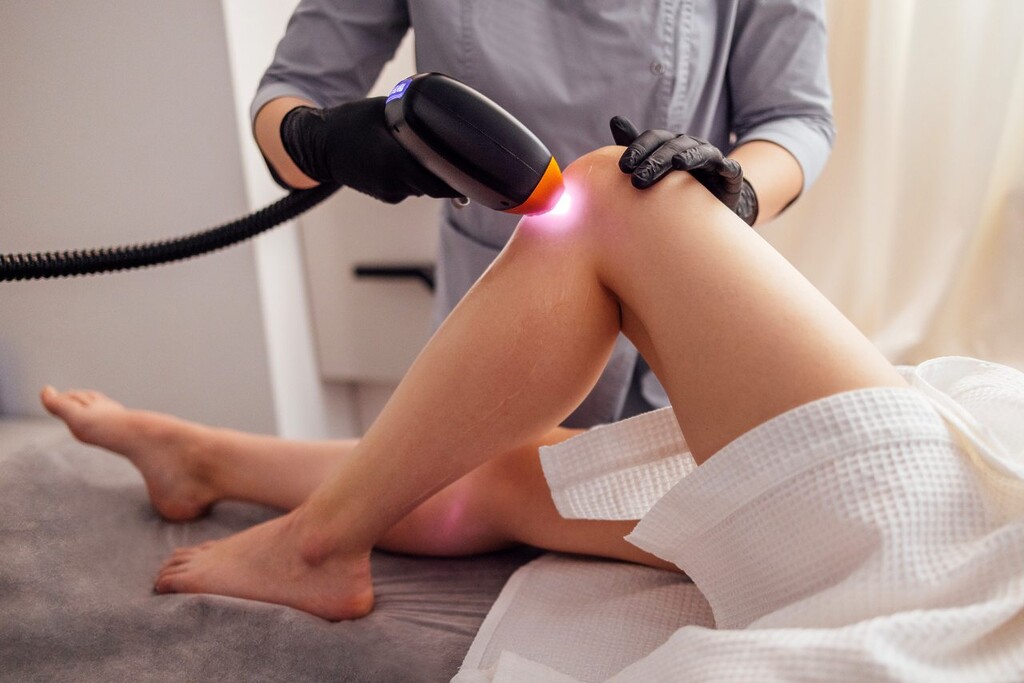
Choose a Reputable Clinic
Do your homework! Look for clinics with:
- Qualified, trained staff
- Proper medical oversight
- Good reviews and testimonials
- Clean, professional facilities
- Up-to-date equipment
Have a Proper Consultation
A legitimate clinic will always offer a thorough consultation before treatment. They’ll assess your skin type, medical history, and expectations. If anyone offers to treat you immediately without this assessment, run!
Follow Pre and Post-Treatment Instructions
Your practitioner will give you specific instructions to follow before and after treatment. These aren’t suggestions – they’re essential for your safety and the treatment’s effectiveness.
Speak Up About Concerns
Never hesitate to ask questions or voice concerns. A good practitioner will be happy to explain anything you don’t understand and address any worries you might have.
The Safety of Different Laser Types
Modern clinics typically use one of several types of lasers, each with excellent safety profiles:
- Alexandrite lasers: Great for light to medium skin tones
- Diode lasers: Suitable for a wide range of skin types
- Nd:YAG lasers: Safest for darker skin tones
The key is matching the right laser type to your skin and hair characteristics – something a qualified practitioner will do during your consultation.
Comparing Safety to Other Hair Removal Methods
When you consider the alternatives, laser hair removal stacks up pretty well on the safety front. Razor cuts, ingrown hairs from shaving, chemical burns from depilatory creams, and infections from waxing are all more common than serious laser hair removal complications.
Plus, once you’ve completed your laser hair removal course, you’re done with the daily risk of nicks, cuts, and irritation that comes with regular shaving.
Red Flags to Watch Out For
Be wary of:
- Prices that seem too good to be true
- Clinics that don’t offer consultations
- Practitioners who can’t explain the treatment properly
- Facilities that don’t look clean and professional
- Anyone who guarantees 100% permanent results (realistic practitioners will explain that results vary)
The Bottom Line on Safety
Laser hair removal, when performed by qualified professionals using proper equipment and safety protocols, is an incredibly safe treatment with an excellent track record. The risks are minimal, and serious complications are exceptionally rare.
The key to a safe, successful experience is choosing the right clinic and practitioner. Don’t just shop on price – invest in quality treatment from a reputable provider who prioritises your safety above all else.
Ready to take the next step? Make sure you book a consultation with a qualified practitioner who can assess whether laser hair removal is right for you. Your future self will thank you for taking the time to do it safely and properly!


